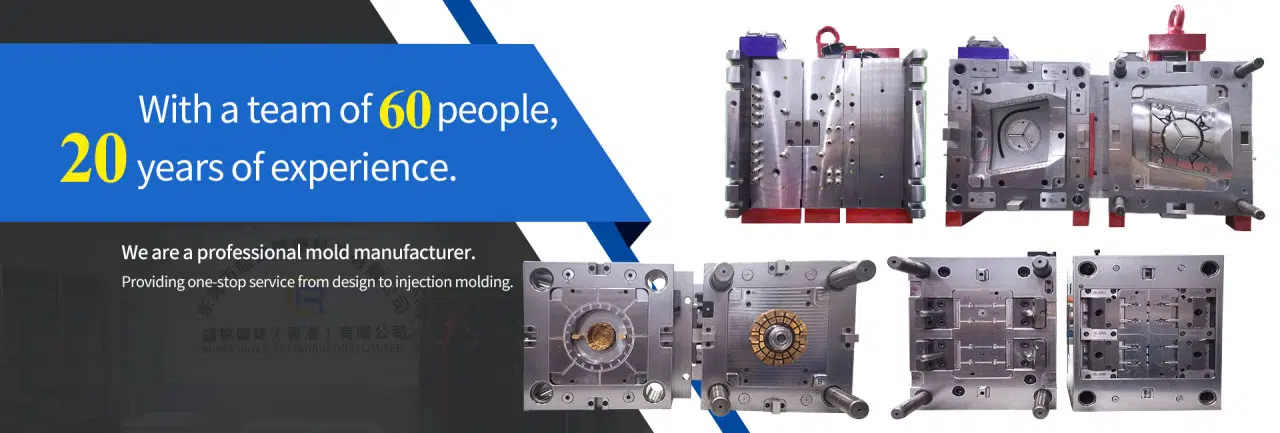
# Rapid Tooling for Efficient Prototyping
## Introduction to Rapid Tooling
Rapid tooling is a manufacturing process that enables the quick production of molds and tooling for prototyping and low-volume production. This technique bridges the gap between traditional tooling methods and additive manufacturing, offering a faster and more cost-effective solution for product development.
## Benefits of Rapid Tooling
### Reduced Lead Times
One of the primary advantages of rapid tooling is the significant reduction in lead times compared to conventional tooling methods. While traditional tooling can take weeks or even months, rapid tooling can produce functional prototypes in a matter of days.
### Cost Efficiency
Rapid tooling eliminates many of the expensive steps involved in traditional manufacturing processes. By using advanced materials and techniques, companies can achieve substantial cost savings, especially for small production runs.
### Design Flexibility
This approach allows for greater design flexibility, enabling engineers to test multiple iterations quickly. Changes can be made to the design without the need for expensive tool modifications, accelerating the product development cycle.
## Applications of Rapid Tooling
### Automotive Industry
The automotive sector extensively uses rapid tooling for prototyping new vehicle components. From interior trim pieces to under-the-hood parts, manufacturers can test designs before committing to full-scale production.
### Consumer Electronics
In the fast-paced world of consumer electronics, rapid tooling helps companies bring products to market faster. It’s particularly useful for creating housings, buttons, and other plastic components.
### Medical Device Development
Medical device manufacturers rely on rapid tooling to create prototypes for testing and regulatory approval. The ability to quickly produce sterile, medical-grade components is crucial in this highly regulated industry.
## Rapid Tooling Techniques
### Soft Tooling
Soft tooling uses materials like silicone or aluminum to create short-run molds. These are ideal for producing 50-500 parts and are significantly cheaper than hard steel tools.
### Bridge Tooling
Bridge tooling serves as an intermediate step between prototyping and full production. It uses more durable materials than soft tooling but doesn’t require the investment of permanent tooling.
### Direct Metal Tooling
Advanced techniques now allow for direct metal tooling using processes like metal 3D printing. This creates durable tools capable of withstanding higher production volumes.
## Choosing the Right Rapid Tooling Approach
When selecting a rapid tooling method, consider:
– Expected production volume
– Material requirements
– Part complexity
– Budget constraints
– Timeline for product launch
Keyword: Rapid Tooling
Each project may require a different approach, and often a combination of techniques proves most effective.
## Future of Rapid Tooling
As materials and manufacturing technologies continue to advance, rapid tooling will become even more accessible and cost-effective. The integration of AI and machine learning in design optimization will further reduce development times and improve part quality.
For companies looking to accelerate their product development cycles while maintaining quality and controlling costs, rapid tooling offers an excellent solution that balances speed, flexibility, and economic viability.